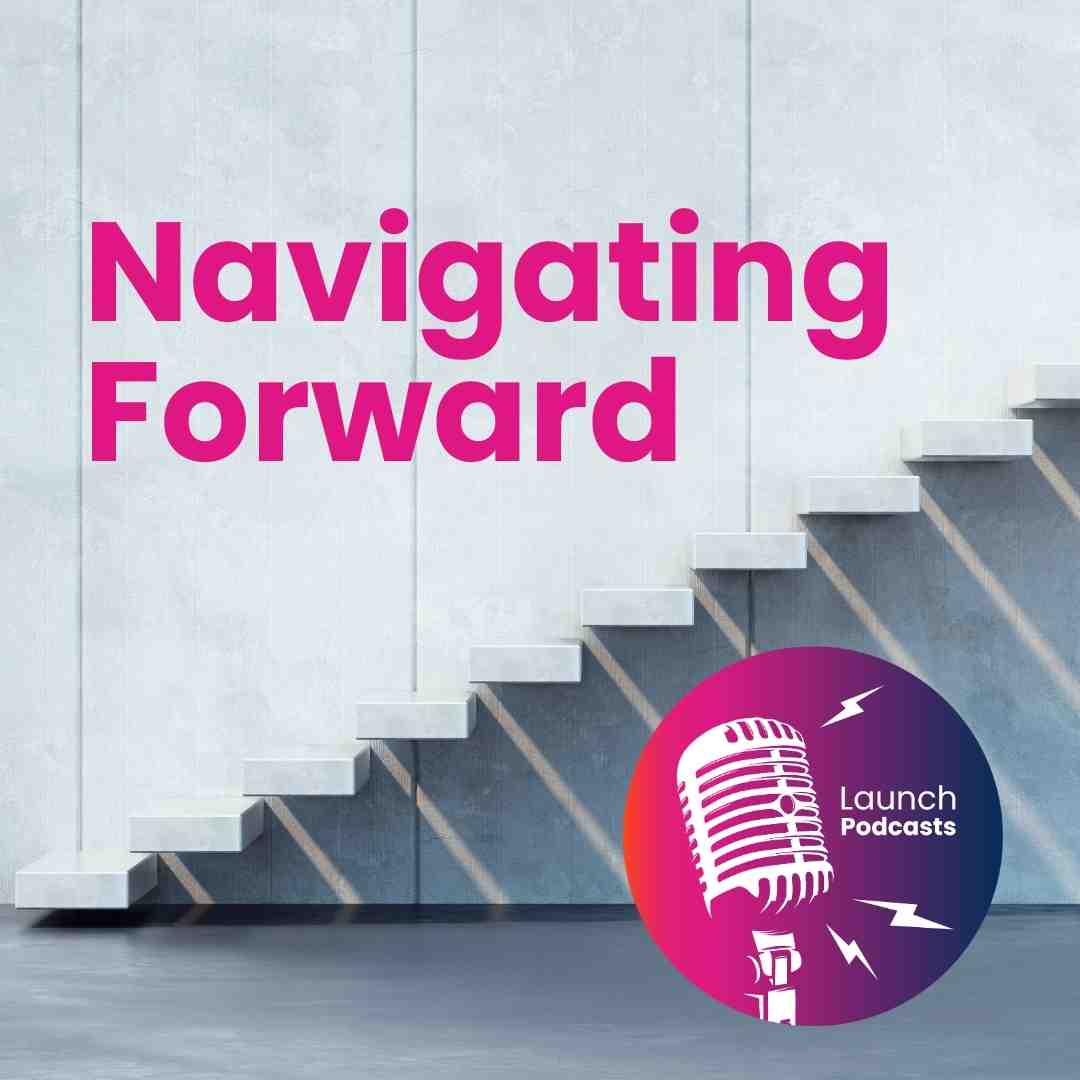The World AI Cannes Festival is back Feb 8-10 and we're there! See live updates on what's new in AI this year
%402x.svg)
.svg)

Teichert Construction is a heavy civil construction giant that has been building California for 135 years. Clearly, they know the formula for success—investing in their people, in tech, and, more and more, in data. They recently launched a first-of-its-kind virtual assistant called InQuarry that draws from decades of job information to create a "network of knowledge" that helps them bid smarter, build better, and move faster. In this episode, learn about how an (in their words) extremely analog industry can use this investment in data and machine learning to propel the next 135 years of innovation in their industry - and take away strategies for taking advantage of your data, no matter what sector you work in.
Not available.
